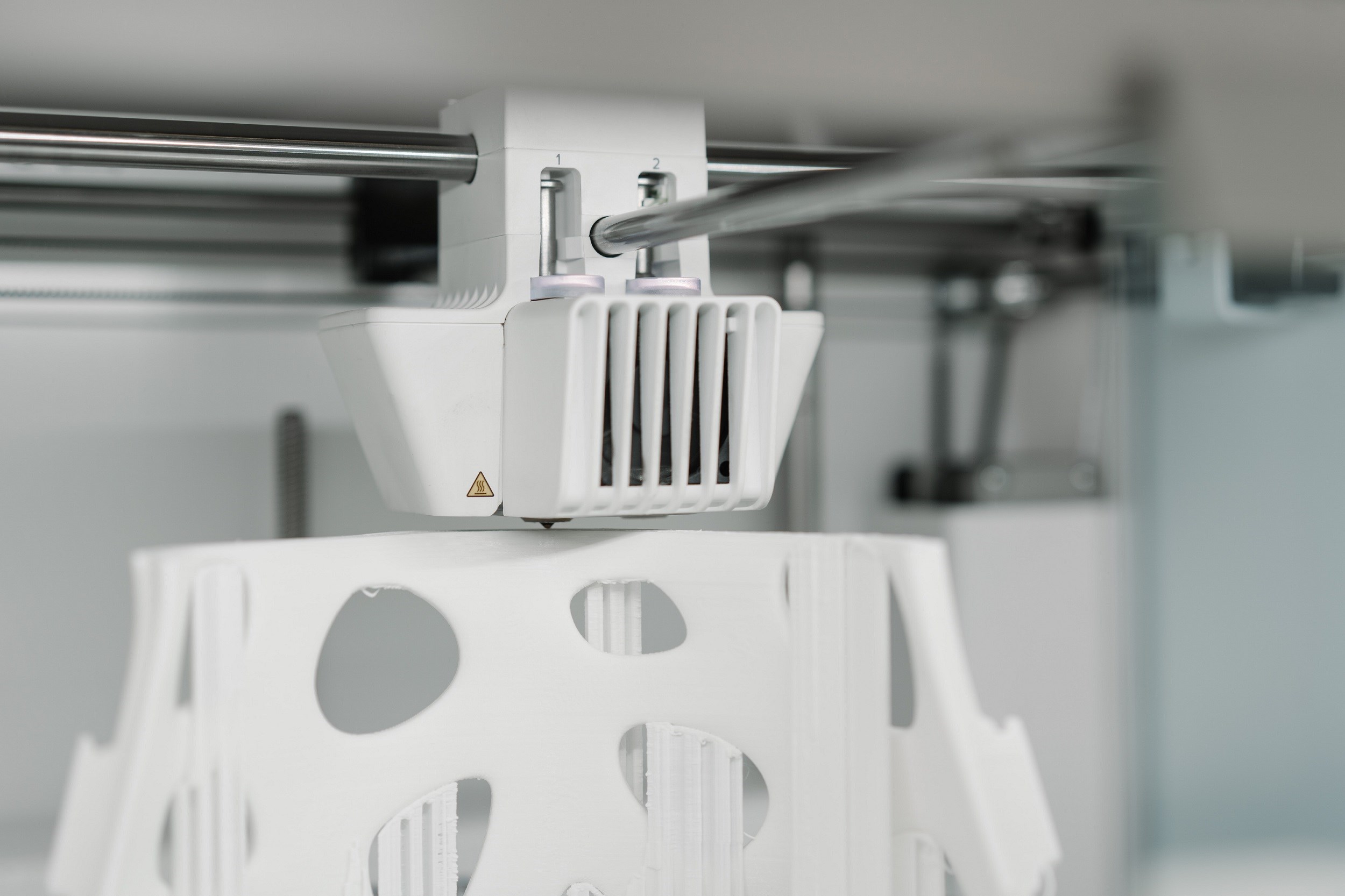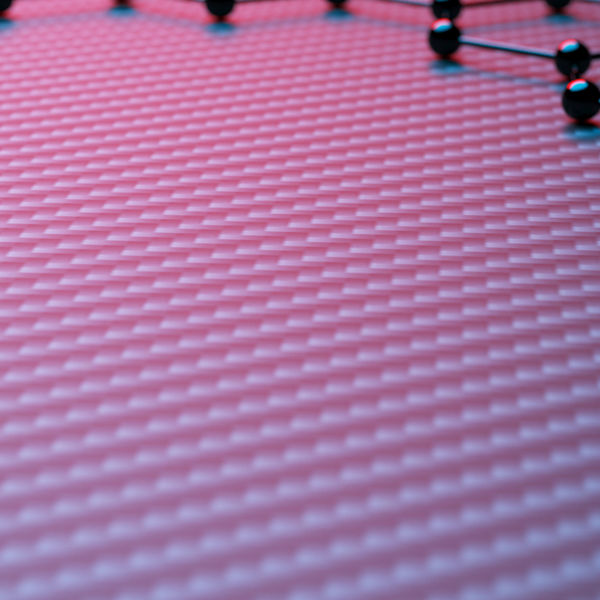The latest version of the European Patent Office’s Guidelines for Examination, valid from 1 November 2018, contains, for the first time, direct guidance on the patentability of artificial intelligence and machine learning.
We summarise the motivation for this update and its likely impact on current and prospective patent applicants who are engaged in these hugely topical areas of innovation.
Artificial intelligence (AI) and machine learning (ML), concepts that allow devices to perform actions based on environmental awareness in a manner that mimics cognitive function, are becoming increasingly pervasive in everyday society and are rarely away from the headlines. Within the healthcare sector, for example, AI is underpinning novel clinical decision support systems that can improve diagnosis efficacy of debilitating conditions such as Parkinson’s disease and age-related macular degeneration. In a variety of fields from manufacturing to retail, the enabling nature of AI and ML is being seen as having the potential to transform our lives long into the future.
As a demonstration of Potter Clarkson’s own expertise in the field, Saiful Khan, partner within the firm’s designs & engineering and electronics & computing groups, presented an overview of IP protection for AI inventions in Europe at the 10th Global Network of National IP Practitioner Associations Summit.
To provide guidance in patenting AI and ML inventions, the European Patent Office (EPO) has released updated guidelines on mathematical methods that are, by default, viewed as being excluded from patentability; a position that is similar for other major patent offices. However, this exclusion is interpreted narrowly. Mathematical methods that are claimed in such a way that they can be considered to have technical character and provide a technical solution to a technical problem can be looked upon favourably by the EPO.
In relation to AI and ML, the updated guidelines confirm that merely claiming the use of a neural network, for example, may not itself establish technical character for a claimed invention. However, a specific technical use of a neural network may be considered to be technical if it solves a technical problem. This acknowledgement is wholly in line with the current understanding of how to protect software-based inventions before the EPO, based on the COMVIK case.
Arguably, the key aspect of the updated guidelines are the examples of what may or may not be considered to relate to patentable subject matter when considering AI inventions. Positive examples include the use of a neural network in a heart-monitoring apparatus that can identify an irregular heartbeat in a subject. Less favourable examples include the classification of abstract data records without a clear technical purpose of the classification, even if a characteristic such as classification robustness is present.
Although it is very much business as usual when it comes to consideration of AI and ML inventions in Europe, it is important that the nuances of EPO practice are taken into account when drafting and prosecuting patent applications so that they have a good chance of being considered positively by the EPO. Care should, of course, also be taken to comply with the differing requirements for patent protection globally in this field.
The updated guidelines nevertheless provide welcome confirmation that the EPO is open to allowing inventions which relate to the use of AI and ML and should provide a degree of certainty for innovators. With technology in this hugely dynamic industry moving on at pace, however, there’s no doubt that further guidance would very much be appreciated by market players across the board.






